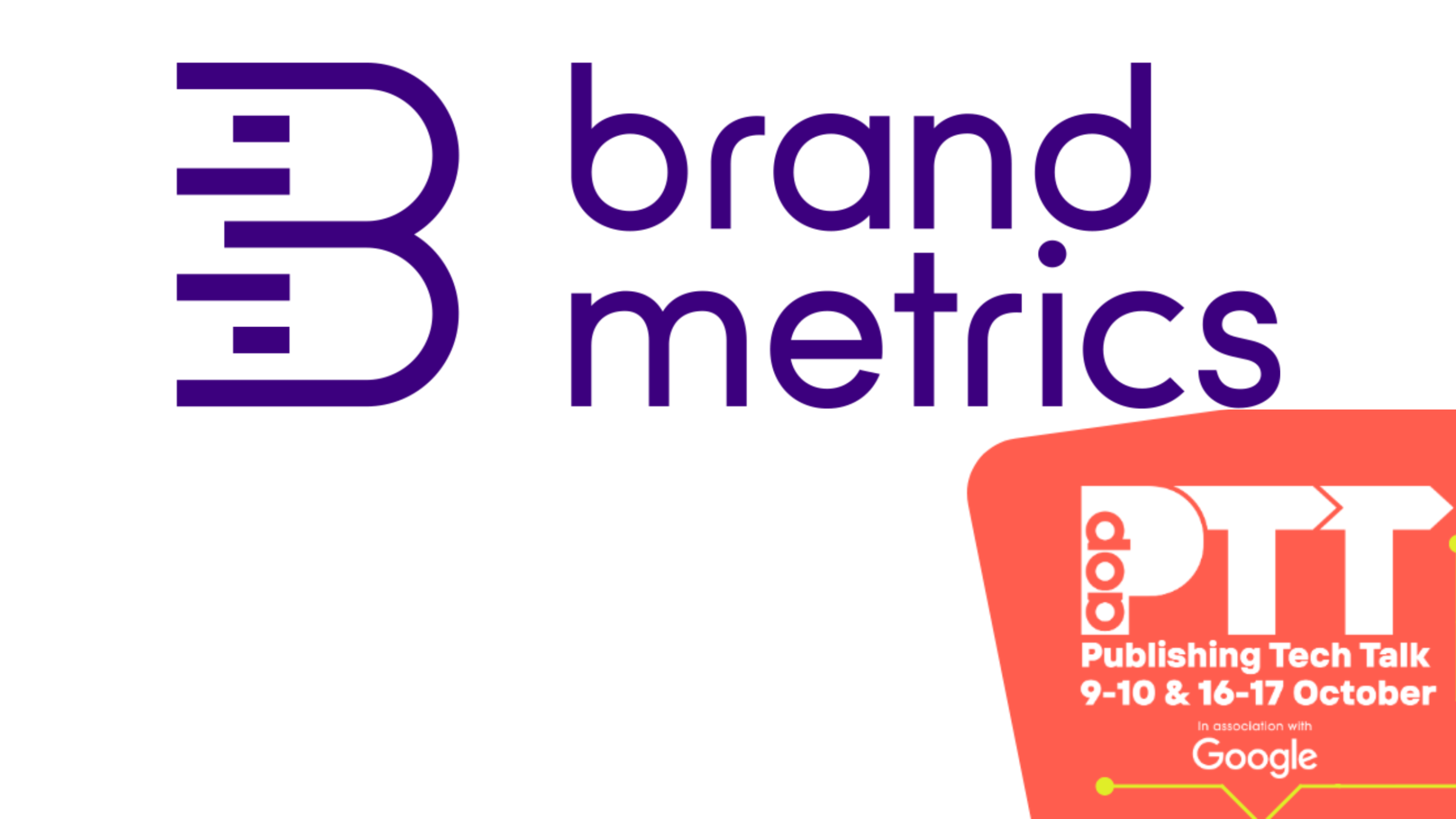
Understanding the impact of outcomes data on product strategy and revenue generation
Published: 08 Oct 2024
Advertisers typically rely on two types of data to measure campaign impact - initial delivery data (impressions, viewability and increasingly attention data) and performance data (mostly focused on resulting sales numbers).
At Brand Metrics, we and our clients feel this approach to data collection can be a somewhat blunt instrument, missing a wealth of deeply informative insight that is found in between these two stages of the ad life-cycle. This is where the concept of outcomes data comes in.
What is outcomes data?
We see outcomes data as the effect that advertising is having on a brand before we get to performance metrics. This might often take the form of metrics like brand awareness, consideration, preference or intent.
Measuring consumer perceptions of a brand, away from the actual point of purchase provides a telling dataset to illustrate campaign effectiveness - all while moving the customer down the funnel. This type of data is vital for continual and accurate monitoring of a brand, providing a more nuanced perspective than via more traditional performance measures.
How can it be collected?
Whilst there are many ways to capture outcomes data, at Brand Metrics, we collect this data by surveying consumers during their exposure to a campaign, using their responses, along with data regarding their campaign exposure, to calculate the impact the advertising has had on the brand.
In this scenario, the publisher on the sell side presents a one-question survey to the user ‘in the wild’, to assess their audience’s engagement level with the brand, whilst the buy side benefits from the resulting data showing the impact their campaign has had on perceptions of their brand and giving them guidance on future campaigns.
Using this data to inform and support product strategies
If something isn’t working - for instance if an ad is not having the desired effect - then brands and publishers need to know so they can optimise future activities. Access to outcomes data fuels a continuous review process, building an ever-evolving campaign learning process, so strategic adaptations can be made in direct response to what the data tells us about campaign effect. This data could advise minor creative tweaks, but it could also drive decisions to explore alternate formats, targets and channels.
Being able to continuously monitor consumer perceptions of a brand as it happens also lends itself to strategies that prioritise longer-term consumer relationships with a brand over immediate sales, subscription sign-ups or similar performance metrics.
Building outcomes data into commercial narratives
This granular measurement data forms part of the all-important campaign picture, demonstrating what works - and what doesn’t. From the publisher perspective, outcomes data is therefore a great tool for informing their future sales strategies.
For example, where brands are launching new products, data supporting a publisher’s ability to drive the awareness metric becomes a key part of their commercial proposition. Similarly, if the brief is to get a brand onto more consumer shopping lists, the relevant data can be extrapolated to demonstrate how effectively the publisher can drive the consideration metric.
The inherent efficacy of a regular, consistent approach to measuring outcomes helps fuel a consistent cycle of learning and optimising towards stronger future campaigns. Making outcomes measurement a central part of a publisher’s strategy puts them on the front foot in being able to give brands data-led advice on how to achieve the best results and also positions the publisher more widely in the industry as being focused on driving effectiveness.
How does it work in practice?
Among the publishers already using outcomes data both to inform their strategic direction and strengthen their commercial offering is News UK, who have embedded key measures such as brand awareness, consideration and purchase intent as fundamental metrics to demonstrate its prowess in driving brand uplift. Accordingly, campaigns using News UK first-party data platform Nucleus have been seen to generate brand lift scores of +15%.
By gauging consumer sentiment in this way, the publisher is clearly showing the value it adds as a partner, and brands are able to ensure that their ad spend is delivering the desired results.
Interested to hear more? On 16th October 2024, Brand Metrics will moderate the panel session, “How outcomes data can influence product strategy and drive revenue”, in which we discuss the importance of outcomes data with some of our publisher clients as part of the AOP’s Publishing Tech Talk.